Analysis Based on factual reporting, although it incorporates the expertise of the author/producer and may offer interpretations and conclusions.
The Best Climate Solutions Start with Listening to Communities

As the South Bay grapples with the impacts of climate change, people there are creating solutions by relying on arguably the most fundamental element of conversation: listening.
This process began in East Palo Alto, California, where community groups and scientists are helping residents understand how warming temperatures are raising water levels in the bayâhalf of the city already lies in a federal flood zone. And the idea is now spreading to nearby communities like North Fair Oaks, a small unincorporated area of mostly neighborhoods. Soon, it will expand into a regional science project where hundreds of residents will document how climate change is altering their lives over the next five years.
The listening project is led by , founder and executive director of the nonprofit . Her group advocates for climate change solutions that integrate the communities most affected by warming temperatures in the Bay Area.
âThereâs a lot of power in the community,â she said. âThey are the ones who are being impacted. Theyâre the ones who live in East Palo Alto, they know more than me. They are the experts. ⊠Success is really about bringing the community together and finding ways where they can also be part of the process.â
Too often, she says, climate change policies are top-down approaches that forgo meaningful exchanges with the people who will have to live with solutions created for them.
Wulf-Saenaâs primary mode for closing that gap is conversation. It works, she says, because her team looks like the communities they work with. Sheâs from Samoa and emigrated to the U.S. to be closer to her husbandâs family nearly two decades ago.
âItâs easier for me, because Iâm a person of color and I do come from the island,â she said. âThey see that: âOh, yeah, sheâs part of us.ââ
Last April, , only to find that in the coming decades they could be climate migrants for a second time. One of those residents is Appollonia Grey âUhilamoelangi, known as Mama Dee.
âThe last two floods over here, the question is, âWhere was God?ââ she said. âDonât get me wrong. I believe in prayers. But I lived through so many disasters.â
I learned East Palo Alto is ahead of some other Bay Area cities in planning for rising tidesâthanks in large part to the community activism of those who emigrated to this small city along the bay.
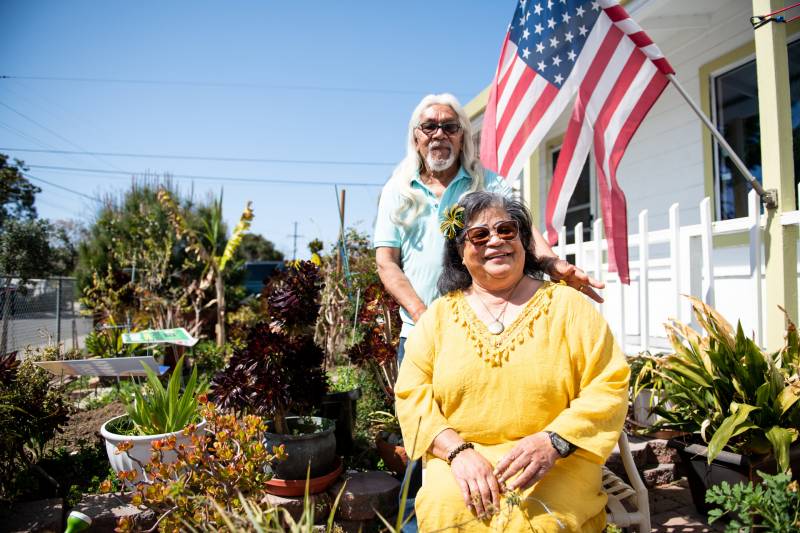
It Began in Samoa
This idea of listening isnât new. People likely listened (or, »ćŸ±»ćČÔât listen) before they even learned to write. But Wulf-Saena experienced an epiphany about the power of listening when she was Samoaâs first climate change officer in the early 2000s.
The government she represented wanted to move the village of Saoluafata, on the north side of the island Upolu, upland and away from an eroding shorelineâa problem that would be exacerbated as climate change pushed tide levels even higher. Already, residents reported waves washing away the land and encroaching on homes, according to a study titled .
While drinking kavaâusually sipped to mark important occasions within Samoan societyâwith elders of the village in Saoluafata, Wulf-Saena quickly learned they »ćŸ±»ćČÔât want to move inland.
âBeing able to stay on their ancestral land is more important than adapting or moving to another place where their families can be safe,â she explained. âIn the end, we compromised.â
The solution? A piled on top of sand that allowed the villagers to stay. The coastline was revegetated, the village water tank was upgraded, and residents were taught about coral gardening and how to protect the reef. Residents said in the survey that the sea wall solved the erosion problem, and a study suggests it was a success because the âvillagers made all of the decisions.â
The big lesson for Wulf-Saena in Saoluafata was that engaging residents in climate change solutions opens the opportunity for them to thrive despite the ever-increasing climate emergency.
âItâs really about being in their shoes … trying to understand their situations, the conflicts, and the barriers that theyâre facing. And also working with them to find a way forward,â she said.
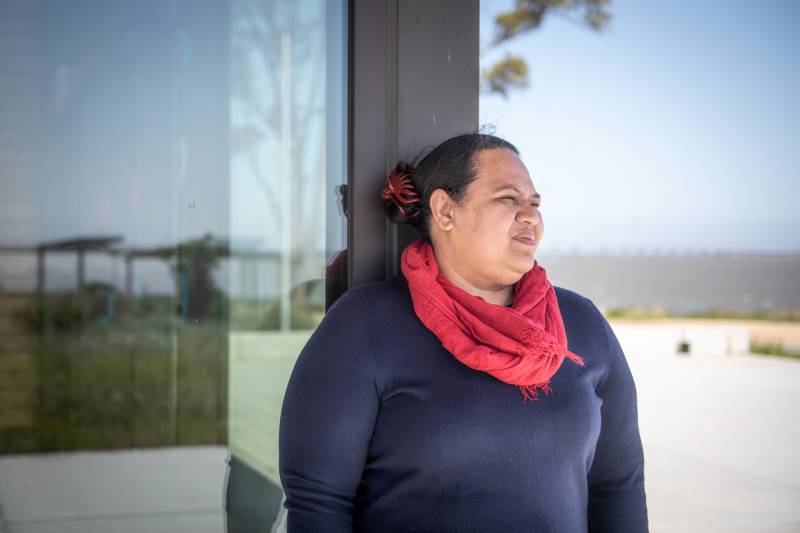
Listening to People Around the Bay
Wulf-Saena moved to California in 2005. Shortly after, she took what she learned in Samoa and began applying it to the community of East Palo Alto in San Mateo County, which is the most at-risk from sea-level rise of all the Bay Area counties. The city is one of the most vulnerable to climate-driven inundation.
About 2.5 square miles, the city is made up of mostly one-story homes. Scientists say that in about a decade, two-thirds of the city may regularly flood, and by 2050, those areas could be frequently underwater during high tides.
Wulf-Saena partnered with Stanford students on a door-to-door climate survey, and she learned that the community did not understand the link between increased flooding and warming temperatures.
âWhat I found was a lot of the community members »ćŸ±»ćČÔât know what climate change was,â she said.
Through community meetings and one-on-one peer counseling, local organizations and the county worked to help residents connect the dots. Her team fostered community buy-in for a levee project to protect against future flooding as the bay rises, much like the sea wall in Samoa.
Still, she understands that thereâs a large percentage of the population she hasnât reached; working with other nonprofit groups, she hopes to âhelp residents plan and respond [to climate change].â
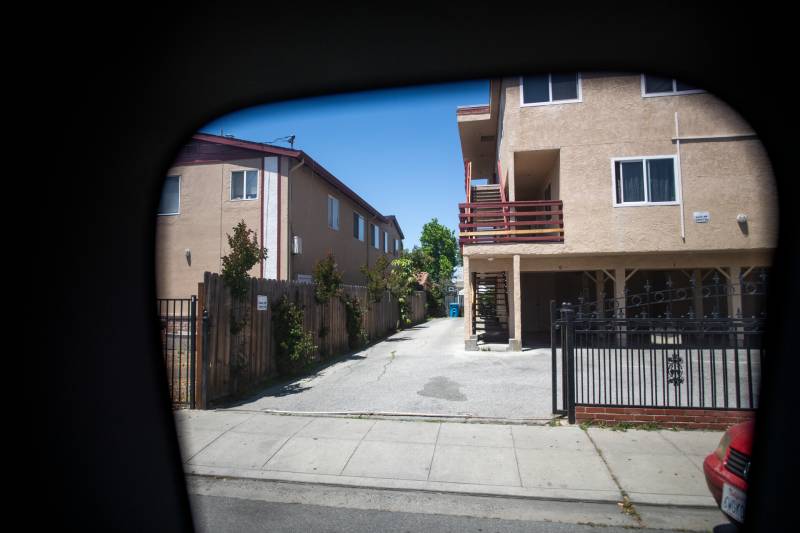
âThe Community Knows Bestâ
A similar listening session occurred 15 minutes north of East Palo Alto in the community of North Fair Oaks. In 2018, San Mateo County announced the community would receive a $50,000 grant to study climate change-related flooding impacts. The contract was finalized in 2019.
But when advocates and Stanford students once again went door to door, they were surprised with what residents such as Linda Lopez, who moved to the community in 1959 when she was 9 years old, told them.
Their climate concern? Heat and smoke from wildfires, not flooding.
âI just wasnât thinking about [sea-level rise] because weâve never had any degree of flooding,â she said. âWe think we live far enough from the (San Francisco) Bay that if it did rise, itâs not going to affect us.â
Climate models show water encroaching only on the eastern edge of North Fair Oaks as the seas rise by mid-century. (Although, flooding could block roads and create other transportation problems, cutting off access to food.)
Smaller than a couple square miles and home to roughly 15,000 people, the main drag of North Fair Oaks is a predominantly Latino area, lined with taquerias, paleterias and joyerias. But whatâs noticeably missing are trees, says Ever Rodriguez, chair of the volunteer
North Fair Oaks borders Menlo Park to the south, which he describes as a âmore affluent areaâ with many âbeautiful oaksâ and other trees.
âHere on this side, there arenât any trees, really. Just all cement and asphalt,â he said.
This is where that fundamental part of conversation comes in again. The organizers realized they had to listen.
Early research questions were centered around flooding, but the community insisted that the blistering heat was the more imminent problem. Organizers say the community feedback helped them convince the county that the most immediate climate risk for North Fair Oaks was heat.
Community leaders and the county began working with , a nonprofit, to reduce temperatures by planting free trees in peopleâs yards. Temperatures in North Fair Oaks, a heat island, are higher than surrounding areas.
With little shade from sparse greenery, black asphalt streets and cement sidewalks absorb sunlight, radiating heat out into the neighborhoods.
âThe community knows best and I think all public servants need to be guided by listening,â Rodriguez said.
Rodriguez is in the process of helping organize climate change ambassadors on each block of North Fair Oaks. He wants every resident to be prepared for when the effects of climate changeâfire, floods, drought, smokeâinevitably worsen.
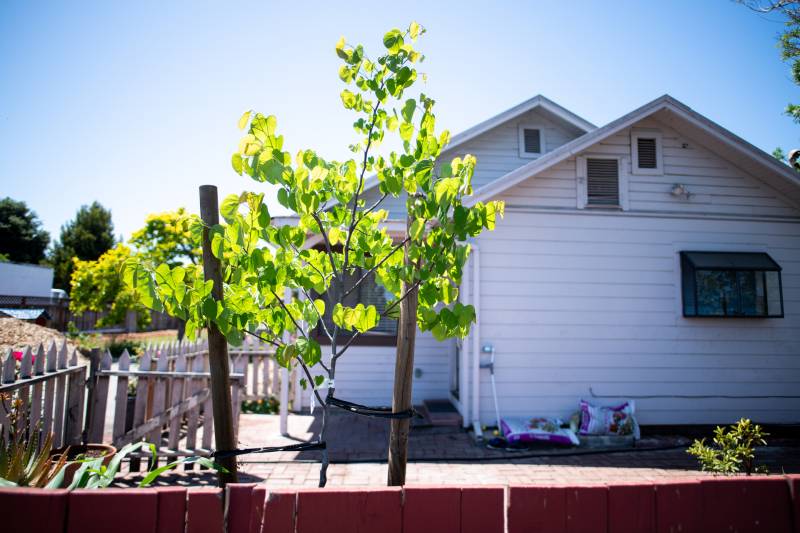
âPartly a Problem of Consentâ
But why is it important for scientists and government leaders to listen to communities while creating climate solutions?
says listening replaces the mindset that the government or scientists know best. She studies the mental health impacts of climate change as a postdoc at Stanford University and the London School of Hygiene & Tropical Medicine.
Wray says listening to people is about moving past the âdark legaciesâ that have shaped the climate crisis and figuring out âwhy it hurts some people more than others,â referring to the worldâs dependence on fossil fuels, corporations valuing wealth over peopleâs health, and how .
âDomination is the predominant force in this crisis, as compared with true partnership that centers around human values like reciprocity, trust, dignity, and respect,â she said.
Wray says listening empowers people to come up with climate solutions that improve life at the neighborhood level.
âWe can actually start moving towards the world that isnât the one weâve been living in, but the one that we want to live in,â she said. âWe canât do that without listening deeply to the people who are most affected.â
For , listening to people is about restoring consent. Heâs an enrolled member of the Citizen Potawatomi Nation in Oklahoma, and as a University of Michigan professor, he studies the moral and political issues around climate policy, and Indigenous people.
He says the issue of climate change in the countryâs history âwas created not just because people were addicted to the benefits of fossil fuels, but they were also addicted to getting away with taking advantage of Indigenous people and other groups without those peopleâs consent.â
He says the consent issue hasnât improved, and heâs concerned âthat we actually havenât gotten out of the situation that got us into the climate crisis, and itâs partly a problem of consent,â he said.
Whyte is on the advising the administration on the , which calls for 40% of the proposalâs benefits to go to communities affected by environmental justice. He says his role is to remind the team that these projects will take longer to implement because these communities already have an infrastructure deficit because of a lack of federal investmentâincluding inadequate roads, housing, and transmission lines.
âPeople havenât listened to tribes for years, and they donât understand the current infrastructure situation that tribes are in,â he said. âTheyâre about to consider spending billions of dollars, and it could just be wasted if our policymakers and legislators arenât listening to what tribes are going to actually need to be able to use and benefit from the renewable energy and clean water infrastructure being advocated for right now in Washington.â
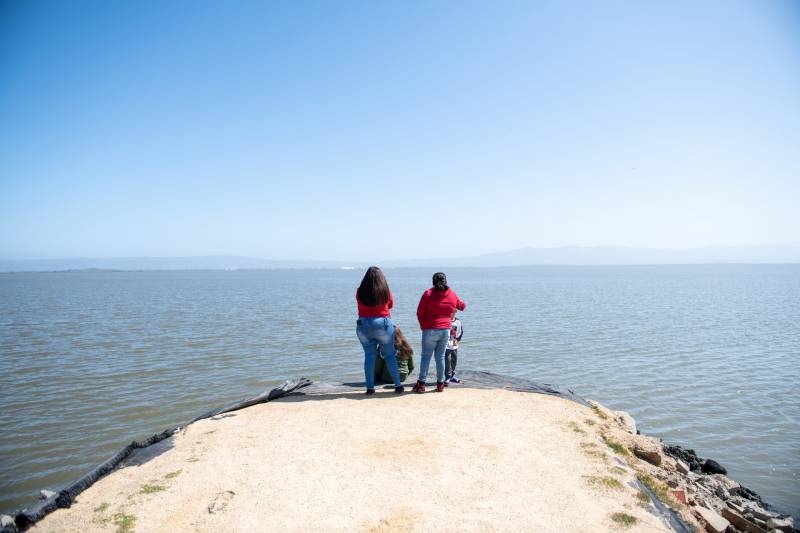
The Wake-Up Call
Wulf-Saena and Stanford lecturer will soon start recruiting 500 families for a big listening project over the next five years in Redwood City, East Palo Alto, Palo Alto, and Alviso in San Jose. Theyâll routinely check in with participants to see how climate change is challenging their lives. Participants have the option to be contacted through an app, over the phone, or in person.
Ouyang had a major realization several years ago that if his research doesnât help regular people, he feels like itâs worthless.
âListening from the bottom up ensures that youâre identifying the most important challenges that communities are facing and the most feasible, and holistic solution,â he said.
He hopes the study illuminates blind spots to exactly what affects floods, heat waves, and wildfires can have on the most housing insecure.
âThe only way to really understand the deep underlying challenges households face is if you can really follow them for the next few years, until those events inevitably occur,â he said.
The team of scientists, students, and community organizers will lead the five-year study to examine the social and psychological effects of climate exposure, while building relationships with the families as warming alters their lives. The goal is to come up with the best solutions with the families involved.
âOur hypothesis is that weâll find that the things that work are exactly the kinds of things that organizations like Climate Resilient Communities are best poised to offer,â he said. âBecause they look like the neighborhood, theyâre more trusted and have built those networks already.â
He thinks that the impacts of climate change are being felt âmuch deeper than we like to admit right nowâ and could âlook like [families] increasingly forgoing healthy food and the kinds of care you want to provide for your children,â he said.
Ouyang wants to examine how vulnerable communities in the South Bay really are, and if they need greater access to mental health services, sandbags for flood times, ventilators for smoky times, and cooling centers for hot times.
Wulf-Saena says that sheâs involved because she believes it will lead to solutions for people.
âIâm also on the other side protecting the interests of the communities,â she said. âIâm there thinking, âOK, Stanford, this is not just a study.â Whatever the outcome of this project will be, letâs have something that will give back to the communities that weâre going to work with.â
This story originally appeared in and is republished here as part of Covering Climate Now, a global journalism collaboration strengthening coverage of the climate story.
|
Ezra David Romero
is a climate reporter for KQED News. He covers the absence and excess of water in the Bay Area â think sea-level rise, flooding, and drought. For nearly a decade heâs covered how warming temperatures are altering the lives of Californians. Heâs reported on farmers worried their pistachio trees arenât getting enough sleep, families desperate for water, scientists studying dying giant sequoias, and firefighters containing wildfires. His work has appeared on local stations across California and nationally on public radio shows like Morning Edition, Here and Now, All Things Considered, and Science Friday.
|





